
Surfboard
Glossary of Essential Parts to Know
Discover the different parts of a surfboard (nose, tail, rails, leash…) and their role in surfing. A clear and illustrated glossary for beginners.
🏄 Why Know the Parts of a Surfboard?
Whether you are a beginner, curious, or progressing, knowing the parts of a surfboard is fundamental.
It helps you to:
-
🗣️ Better communicate with your instructor
-
🧍 Understand where and how to position yourself
-
🏄♂️ Choose a board suited to your level or goals
-
🛠️ Properly maintain your equipment
Good knowledge of your equipment is also a first step towards a more responsible and more confident practice in the water.
🧩 The Main Parts of a Surfboard
🟡 Nose (the Front)
-
It’s the front of the board, the part that cuts through the water.
-
Wide and rounded ➜ more stability, great for beginners.
-
Pointed and narrow ➜ more maneuverability, ideal for shortboards.
🔵 Tail (the Back)
-
It’s the part that leaves the water last.
-
It directly affects the stability and responsiveness of the board.
-
There are different types:
-
Squash tail: versatile and stable
-
Pin tail: good for big waves
-
Round tail: smooth and fluid transitions
-
🔴 Rails (the Edges)
-
These are the sides of the board.
-
Their shape and thickness influence:
-
the edge control
-
the fluidity
-
the response speed to movements
-
💡 Thin rails ➜ more control
Thick rails ➜ more forgiveness
🟢 Deck (the Top)
-
It’s the part where you stand.
-
Usually covered with wax or an anti-slip pad at the back.
This is also the area to inspect for dents or repairs.
⚫ Bottom (the Underside)
-
It’s the surface that glides on the water.
-
Here you’ll find:
-
the fins
-
sometimes a concave or double concave to channel the water
-
💡 The bottom’s shape affects speed, stability, and maneuverability.
⚪ Leash (the Cord)
-
The leash is the cord that connects your ankle to the board.
-
It’s a crucial safety element:
-
it prevents the board from drifting away
-
it protects other surfers nearby
-
🧷 Plug (Leash Attachment)
-
Small hole or insert at the back of the board.
-
This is where the leash is attached.
Never force or tamper with it: a broken plug can render your board unusable during a session.

🛠️ Bonus: How to Handle Your Surfboard Properly
✅ Never pull or drag the board by the leash
✅ Carry the board by the rails, holding it against yourself
✅ In the water, keep the nose facing the ocean to avoid impacts
These simple actions extend the life of your board and help you avoid unnecessary injuries.
✅ In summary
Knowing the different parts of your board means knowing your gliding tool.
Each element plays a specific role in stability, speed, or maneuvers.
And whether you’re a beginner or advanced surfer, this knowledge improves your understanding of surfing, your equipment choices, and your progression in the water 🌊


